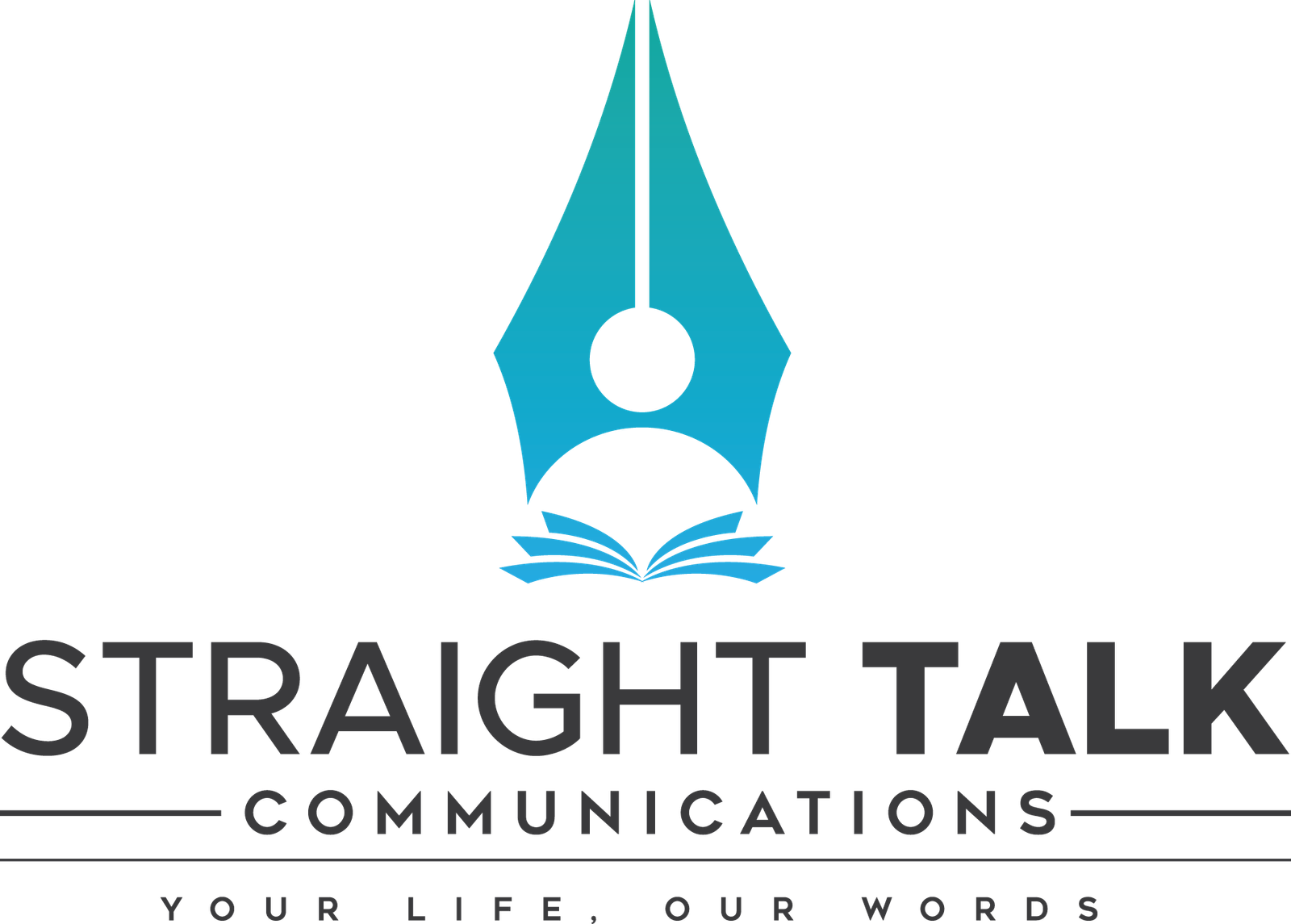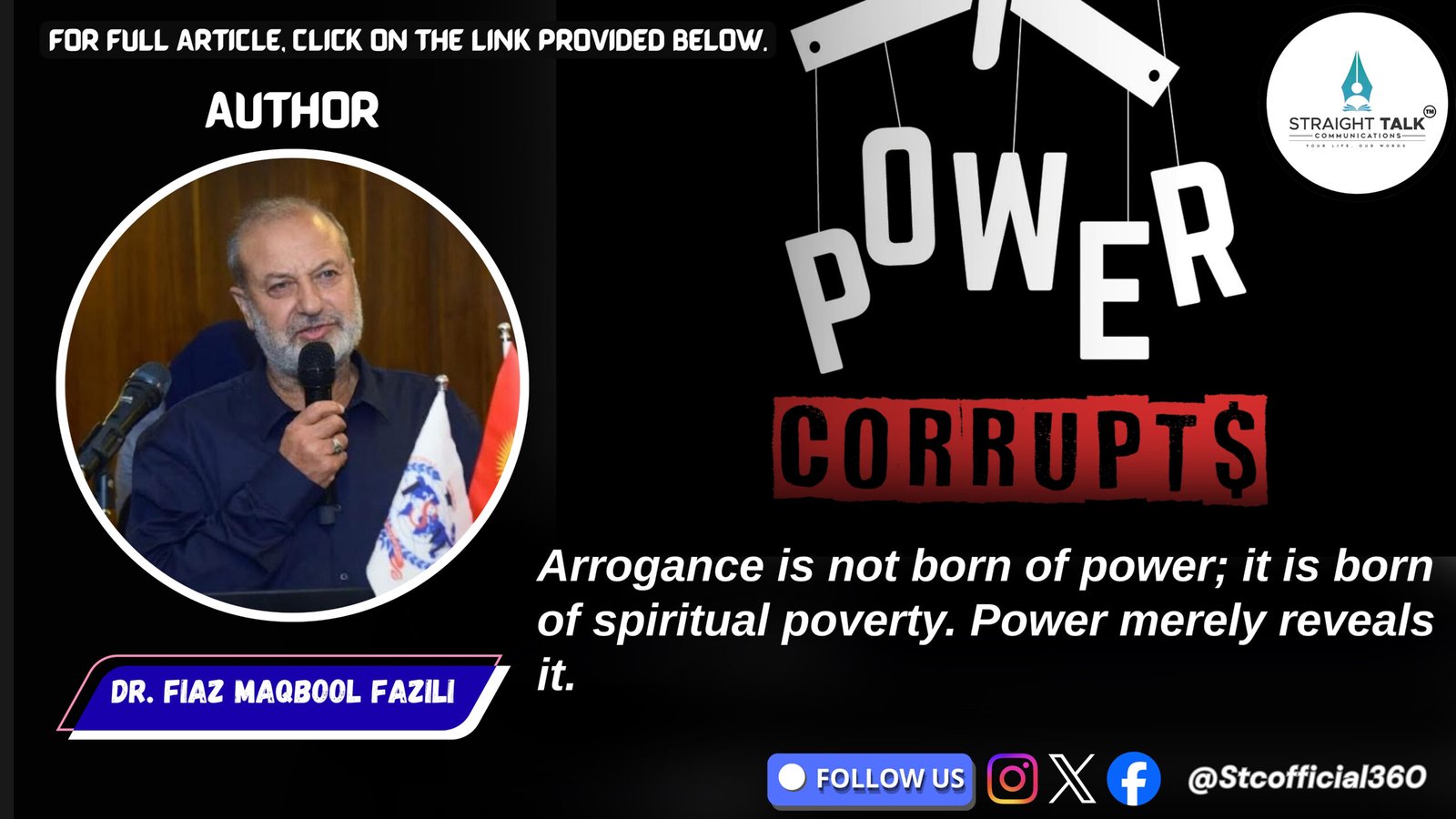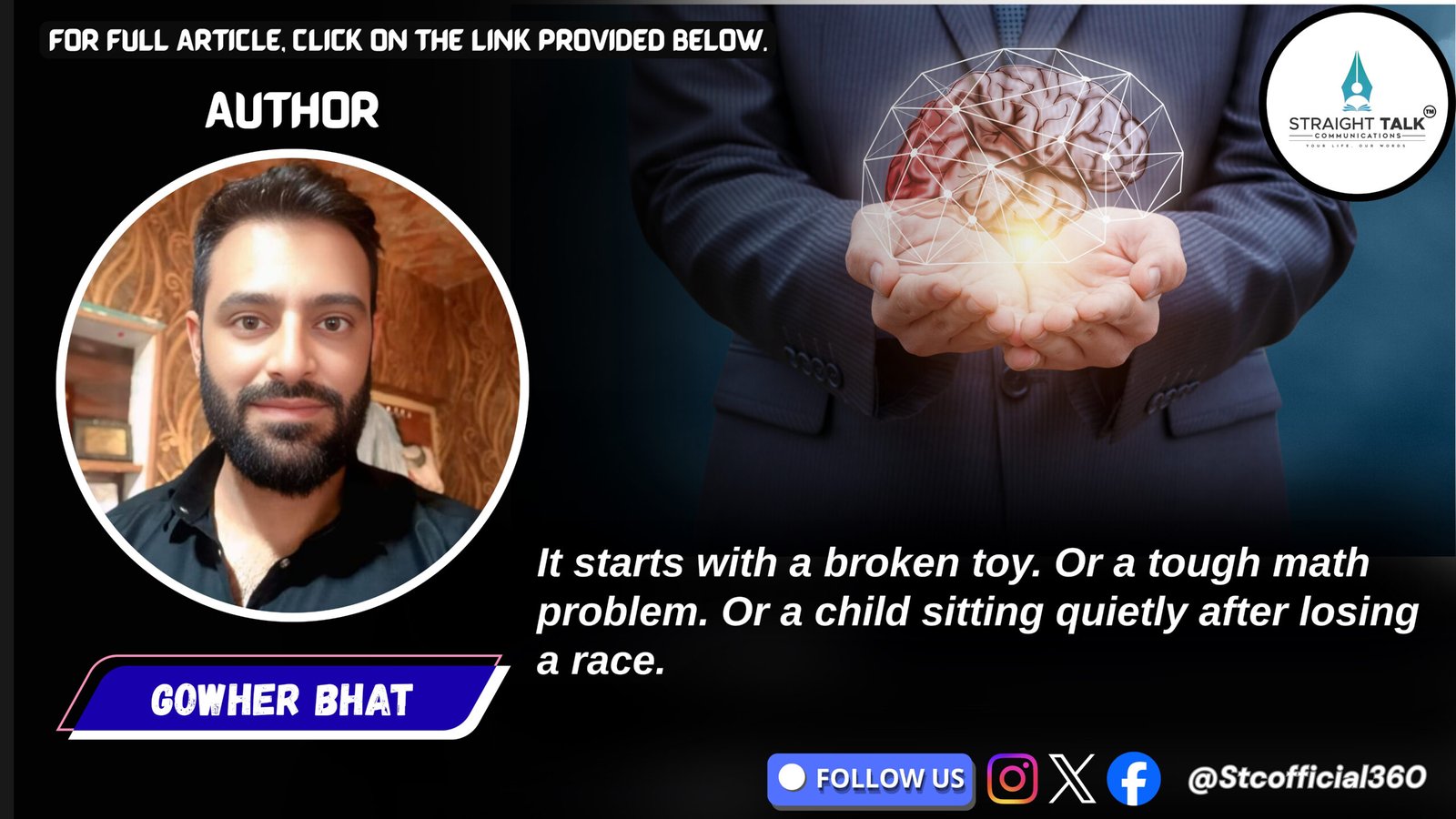Ripples of a life well lived

A Book Review of Sayed Humayun Qaisar’s Different Strokes: Chronicle of Self Discovery
Dr. Tasaduq Hidayat
Life, like a river, flows with gentle ripples and sudden torrents, carving paths through moments of quiet and chaos. In Different Strokes: Chronicle of Self Discovery, Sayed Humayun Qaisar steps into this river, not as a bystander, but as a weaver of its currents, threading his experiences into a tapestry that glows with meaning. His memoir is no mere recounting of days; it is a philosophical pilgrimage, inviting us to trace the contours of our own existence. Through stories of schoolyards, cricket fields, academic halls, and radio waves, the author reveals truths that linger like echoes in a still valley, truths about curiosity, resilience, integrity, and the quiet beauty of human connection. As I read, I found myself not just following his journey, but pausing to question mine: What shapes a life worth living? How do we find light in the shadows of doubt?
This book, in its simplicity and depth, becomes a mirror, reflecting both the author’s soul and our own. In this review, I weave together the philosophical threads of Sayed Humayun Qaisar’s experiences, exploring its lessons in a way that speaks to every heart, for his story is not his alone. It is the story of being human. The book is thoughtfully divided into six parts, containing a total of well-crafted 48 chapters. Each chapter in its own way opens a window into everyday struggles, astute observations, and meaningful growth. Through this review, I aim to explore not just the content of these chapters but also the timeless insights they offer.
Sayed Humayun Qaisar begins with childhood, a time when learning was a dance of wonder, not a race against time. He recalls his love for Hindi, sparked not by duty but by a child’s pure curiosity, a flame that burned for the joy of knowing. This image stays with me, for it whispers a profound truth: when we seek without agenda, we touch something eternal, a spark that lights the mind beyond the classroom. Yet not all lessons came easily; mathematics loomed as a Specter, its complexities haunting him into higher studies. But rather than surrender, he carved paths through the fear, crafting strategies to tame it. This struggle, so human and relatable, speaks to a deeper philosophy that life’s challenges are not walls but invitations to grow, to find within ourselves the tools to move forward. We all carry our own “mathematics”, fears that loom large and yet the author shows that it is the persistence and not perfection that shapes our strength.
In the simple moments of his school days, the author finds deep lessons. He recalls his principal picking up litter, a small act but powerful, showing that true leadership is humble service, not a throne. This memory, clear and quiet, teaches us that small caring actions create ripples far beyond loud words. The author compares his childhood schools, which focused on learning rather than profit, to today’s high-pressure classrooms. Still, he sees promise in new changes, like colour coded systems that make schools more inclusive and less competitive. This mix of longing for the past and hope for the future feels wise. We should value what was good while welcoming what can improve. Even back then, fairness mattered, as students protested when exam questions went beyond the syllabus which is a sign of their demand for justice. The author believes that these early struggles ready us for adulthood’s bigger challenges, where we must learn from our experiences and keep moving forward. His words gently remind us that life is not about dodging conflicts but growing through them and carrying their lessons like a guiding light.
As the author moves to college, the canvas of his life widens, painted with the vibrant hues of cricket, chemistry, and camaraderie. Here, passion becomes a guiding star, shaping priorities in ways logic alone cannot. He writes of late-night study sessions, fuelled by laughter and chai, where knowledge was not a transaction but a shared creation. This image of friends weaving understanding over cups of tea feels like a hymn to connection, a reminder that learning thrives in community, not isolation. For the author, College was not a checklist of attendance but a plunge into life’s depths where every moment held the potential for growth. This philosophy resonates deeply; to live is to engage fully, to meet each experience with open eyes and a willing heart. Through cricket, he learned vigilance, the need to stay alert even on familiar ground, and through his mother’s quiet strength, he found shelter from life’s sudden storms. Her presence, steady and unspoken, becomes a universal symbol of love’s enduring power, a force that holds us when the world shakes.
The importance of making tough choices runs through Sayed Humayun Qaisar’s story, especially when as a cricket captain he had to decide between playing in a tournament or finishing his degree. He picked his education, giving up a dream to do what was needed. This honest, heartfelt choice reflects the struggles we all face, when what we want battles with what we must do, and we have to shape who we will be. The aauthor shares a deep idea, that growing means not hiding from mistakes but learning from them and making better choices next time. He believes life is made of these decisions, each one like a stroke of paint on our life’s picture. We are not shaped by what we lose but by how we move forward, believing every “no” opens the door to a better “yes.”
At the Delhi School of Economics, the author embraced a mantra of thoroughness, leaving nothing to chance. This diligence, more than academic strategy, feels like a prayer to life’s uncertainty- give your all, then release the outcome. In the book, the author shares an important story of a professor’s habit of reading during commute which has left a mark, showing that true mentors live their craft, not just their title. When an assistant professorship eluded him, the author saw not failure, but fate’s redirection, a trust that life holds unseen plans. This optimism is a philosophy of surrender: what we cannot hold, we must release, believing the river will carry us where we belong. It invites us to ask, where am I clinging too tightly? What might I gain by letting go?
As someone who has felt adrift after academic milestones, I found solace in his words, for he reminds us that life’s maze is not a trap, but a training ground. Systems may falter, but we hold the power to shape our path, to navigate with creativity and courage. This is a philosophy of agency; we are not passengers in our story, but authors, penning our way through uncertainty. The author’s journey becomes a beacon, lighting the way for those who wander, searching for “what next.”
A pivotal moment arrives when a missed interview, delayed by a late telegram, seemed a lost chance. Yet his father’s insistence after booking an air ticket for him at the eleventh hour and his father’s words were that “I will waste money, you go” and an air ticket bought against doubt changed everything. This act of faith, rooted in a parent’s love, is a testament to life’s quiet miracles. When we falter, others may carry the torch. The author’s struggles with money taught him resilience, a strength that shone in 2014, when he broadcast flood news from Shankaracharya Hill with little but will. This is life’s alchemy that from scarcity grows power, from risk bloom’s purpose. His story asks us to reflect; who has believed in me when I could not? What strength have I forged in hardship?
Rejection is not an end but a forge. A harsh lectureship interview marred by shallow judgment could have bred bitterness, but he chose gratitude, seeing the “no” as a path to something better. This perspective is profoundly philosophical because life’s refusals are not defeats, but detours to truer destinations. We all carry rejections- doors closed, dreams deferred, yet the author shows that each one shapes us like a sculptor’s chisel revealing the form within. His trust in life’s larger design invites us to reframe our own losses and to see them as openings rather than endings.
For Sayed Humayun Qaisar, art was a safe haven, where his paintings spoke of feelings rather than just shapes and colours. Displayed and admired, they mattered more to express himself than as a path to fame, quietly pushing back against a world that values money over meaning. This belief in creating for joy invites us to reconnect with our own passions and make room for what touches our hearts. Writing was also a special act for him, his columns and essays lighting up ideas that connected with others. Words are not just tools but bridges connecting us to truths larger than ourselves. As a writer, I feel this weight. To speak is to shape, to challenge, to heal.
In radio, Sayed Humayun Qaisar broke norms, weaving innovation with empathy. His 1996 World Cup broadcasts set trends, and his interview with Mary Kom turned tears to laughter, revealed journalism’s human heart. Impact, not fame, drove him a philosophy of purpose over praise. Broadcasting live like when he predicted ministerial seats from mere chairs, a hunch born of sharp observation. This celebration of intuition, in a world obsessed with plans, feels like a nod to life’s spontaneity. Sometimes we must leap without a map. His program “Dhadkan” pulsed with music and meaning, uniting communities, especially in Kargil, where Radio became a heartbeat. Success lies in nurturing ideas with care, a lesson for all who create. What we tend with love endures.
Sayed Humayun Qaisar held integrity as vital even when no one noticed, like during the 2014 floods. He believes true worth lies in the impact we create and not in seeking praise. This view shines brightly in a world chasing short-lived fame. His family grounded him with his mother’s quiet strength, his father’s honesty, and his siblings’ vibrant spirits. He views parenting as guiding children, not controlling them, by showing trust and freedom through example. This vision of family as both a solid root and a source of growth invites us to ask: How do we pass on values that lift others up?
As a teacher, Sayed Humayun Qaisar encouraged being true to oneself and avoiding imitation. He sees growth as endless, a constant cycle of learning and guiding others. His approach to education invites us to stay engaged and view the world as an open classroom without limits. In his final thoughts, he hopes for a legacy not of fame but of ripples, where values and kindness spread outward like circles in a pond. This is the core of the book that a life’s value lies not in its loudness but in its quiet impact, the gentle ways we touch others’ lives.
Conclusion: A Mirror for the Soul
Different Strokes is a philosophical gift, a tapestry woven with threads of curiosity, struggle, and love. Sayed Humayun Qaisar does not preach; he shares, and in sharing, invites us to see ourselves. His life, its joys, sacrifices, and quiet triumphs becomes a mirror, reflecting our own questions: What do we stand for? What ripples will we leave? In its simple prose and profound insights, this book speaks to all who seek meaning and offering not answers, but lanterns to light the way. As I close its pages, I carry not just Sayed Humayun Qaisar’s story, but a challenge to live with intention, to paint my own strokes on life’s endless canvas.
(Author has completed his Doctor of Philosophy in Journalism and Mass Communication from IUST, Awantipora. He can be reached at:
tasaduq.hidayat@iust.ac.in)








Having read this review, I am truly moved by how thoughtfully it captures the essence of “Different Strokes: Chronicle of Self Discovery.” The review not only reflects the depth of Sayed Humayun Qaisar’s work but also invites the reader to reflect on their own journey. The way it weaves together the author’s experiences with broader philosophical insights is both profound and inspiring. I found myself drawn into the narrative, questioning the same things the book encourages us to explore—what shapes a meaningful life and how we find purpose in our own stories. It’s an insightful and beautifully written reflection that makes me even more eager to read the book myself.